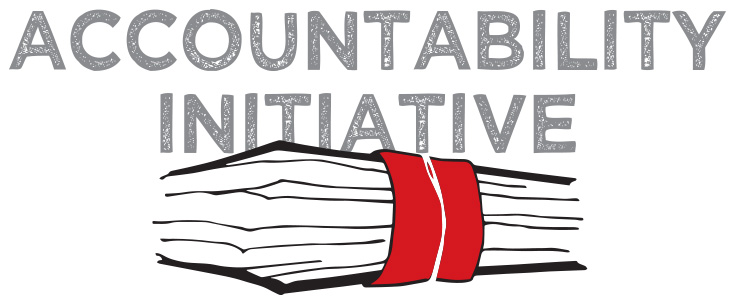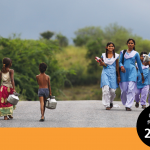
School Management Committees (SMC’s) – The guardian institution for elementary education at the village-level
16 May 2011
As an intern working with Accountability Initiative on PAISA project, I went on 4 days field visit to Chaksu block in Jaipur district, Rajasthan. The objective of the visit was to get an initial understanding of the School Management Committees (SMCs). This visit was the first step in the process documentation of SMC: their structure and membership and nature of decision-making process.
Chaksu block was chosen as it is the focus block for SMC intervention under the PAISA project. The intervention intends to strengthen the village level institution for community participation and greater control of the school management.
For the purpose of the process documentation, I held interviews and discussions at three different levels – at the block level with few block officials, at the nodal level with nodal HM’s and at the village level with members of the SMC. The key discussion points were related to RTE and SMC. The Right to Free and Compulsory Education Act (RTE), 2009 has mandated the constitution of a SMC. This is an example of decentralization to make the education system more effective and to encourage participation of parents in the decision process. There have been similar experiments involving SMCs/VECs (Village Education Committees) in countries like Kenya, India and Pakistan with limited success.
As per the RTE Act, the de-jure system for SMC is that it is constituted of a General body and an Executive Body. The General body consists of all the parents, teachers and every PRI member residing in the catchment area of the school. The Executive body is made up of 15 members elected from the General body, 11 of who are parents/guardians, Head Master of the school, 1 Gram Panchayat/Nagar Palika/ Ward member and 1 student. Of these 15 members, 50% should be women. In addition, the executive committee should also have representation by SC, ST, OBC and minority communitites. The tenure of the executive committee of the SMC is 2 years and should meet every month while the general body should meet once in 3 months. The head of the executive committee is the President and Vice-President elected from among the members and the Head Master of the concerned school is the Honorary Secretary. The RTE guideline mentions specific functions to be performed by the SMC like (i) monitor school activities and its working,
(ii) prepare and recommend school development plan, (iii) monitor grant utilization, (iv) monitor teachers’ and students’ attendance, (v) monitor MDM, (vi) ensure 100% enrollment of children in the age group of 6-14 years
De-facto, in the villages where I interacted with the SMC members, the SMCs were primarily formed without convening any general meeting. The HM of the school identified few parents to be the members of the executive committee. In all the three cases where discussions with SMC members were done, the President and Vice-President were consulted by the HM before selecting them for these posts. Most of the women members were not consulted, their names were written on the SMC register and signatures taken. In one case, it was found that the SMC register was sent to the houses of members to get their signatures. This was not in sync with the discussion with block level official and nodal HMs who said that prescribed rules were followed for SMC constitution. On the training front, the official message was that SMC specific training was conducted for nodal HMs at block level. However, in conversation with the nodal HMs, I figured that these trainings were very general and did not answer questions relating to process and the constraints faced. The nodal HMs, in turn, organized 2-3 days of training for the SMC members at the nodal level, where 3-4 SMC members from each school of the catchment area participated. At this meeting, the members were informed about their roles and responsibilities. Only one such training had been conducted and this was not sufficient to raise the awareness level of the SMC members. None of the women SMC members I talked to, had participated in the training. Lack of awareness and limited understanding of the roles and responsibilities of SMC are constraints in effective functioning of this institution. This is not a simple problem. Teachers feel that their work load has increased; they find it difficult to organize people for meeting. Members do not turn up for meetings; teachers have to go door to door to get members’ signatures. SMC members complain that meetings are not called. School Development Plans as envisioned by RTE have to be made by the SMC as per school needs but the last annual plan for the schools were made by teachers.
The initial phase of RTE implementation in Rajasthan is moving ahead but there is a gap between norms and practice. It will be interesting to see how SMCs evolve as the guardian institution for elementary education in the villages. Will they actively participate in school management leading to improvement in the elementary education or will they remain as token institutions for community participation? Will they evolve as another platform for politics similar to Panchayats or will they live up to expectations as envisioned in RTE Act? There is still a long time before answers to these questions start trickling in. In the meanwhile, it will be worth investing our time and effort in building the capacity of SMCs to enable them to deliver on their roles and responsibilities to make this a successful experiment.





